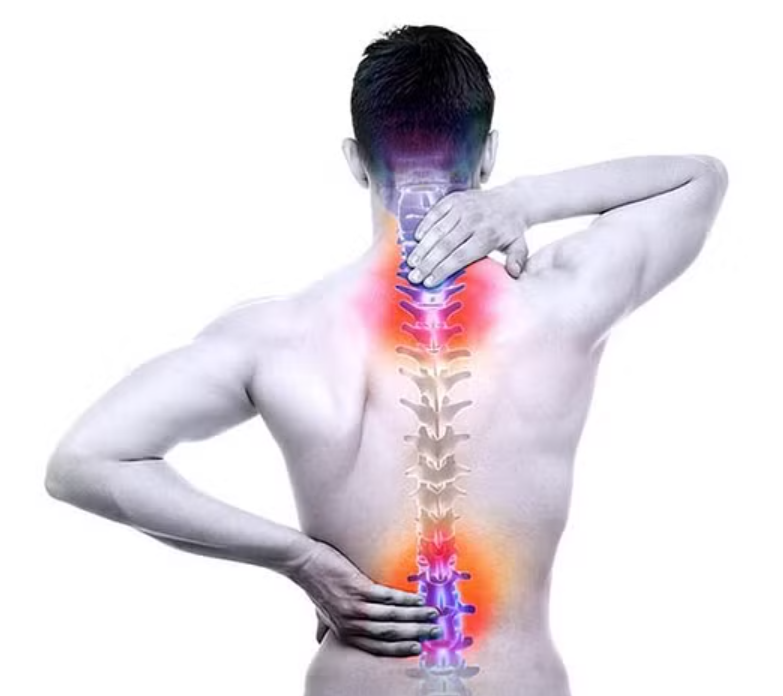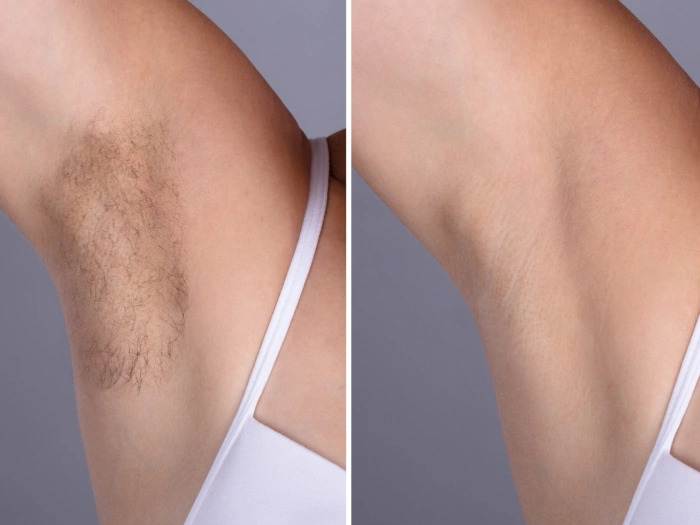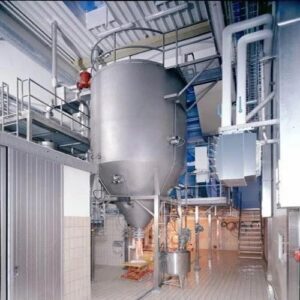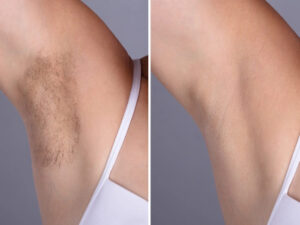Everything You Need to Know About Anterior Cervical Fusion (ACDF)
If you’re experiencing persistent neck pain, arm numbness, tingling, or weakness, you’re not alone. These symptoms often signal a problem in your cervical (neck) spine, and for some, the path to relief leads to a surgical procedure called Anterior Cervical Discectomy and Fusion, or ACDF.
This isn’t a decision taken lightly. It’s a journey from initial discomfort to a comprehensive diagnosis, the surgery itself, and a dedicated recovery period. If you or a loved one are facing this prospect, understanding each step is crucial.
Part 1: The Diagnosis – Understanding the “Why”
ACDF surgery is typically recommended when conservative treatments (like physical therapy, medication, injections) have failed to alleviate symptoms caused by a damaged disc or bone spur in your neck.
Common Conditions Leading to ACDF:
- Herniated Disc: When the soft, gel-like center of a spinal disc pushes out through a tear in its outer layer, it can press on nearby nerves or the spinal cord.
- Degenerative Disc Disease: Over time, spinal discs can dry out, shrink, and lose their cushioning ability, leading to bone spurs (osteophytes) or narrowing of the spinal canal.
- Spinal Stenosis: A narrowing of the spinal canal which compresses the spinal cord (myelopathy) or the nerve roots (radiculopathy).
Symptoms You Might Experience:
- Persistent neck pain
- Pain radiating down the arm, often to the hand or fingers
- Numbness or tingling in the arm or hand
- Weakness in the arm or hand, making it hard to grip objects
- Loss of fine motor skills
- Difficulty walking or maintaining balance (in cases of spinal cord compression)
The Diagnostic Process:
Your doctor will conduct a thorough physical examination, including assessing your reflexes, muscle strength, and sensation. To pinpoint the exact problem, they’ll likely order imaging tests:
- X-rays: To visualize the bones and check for spinal alignment, fractures, or bone spurs.
- MRI (Magnetic Resonance Imaging): The gold standard for soft tissue, revealing herniated discs, nerve compression, spinal cord issues, and ligament damage.
- CT (Computed Tomography) Scan: Provides detailed images of the bones and can be particularly useful if an MRI is contraindicated or for assessing bone spurs more clearly.
- EMG/NCS (Electromyography/Nerve Conduction Studies): May be used to confirm nerve root compression and rule out other conditions affecting nerve function.
Once a clear diagnosis is made and conservative options have been exhausted, ACDF might be presented as a viable solution.
Part 2: The Procedure – What Happens During ACDF
ACDF stands for Anterior Cervical Discectomy and Fusion. Let’s break it down:
- Anterior: This refers to the approach. The incision is made at the front of your neck, typically along a natural skin crease, making it less visible. This approach allows direct access to the spine, avoiding major muscles in the back of the neck.
- Cervical: The procedure targets the cervical spine, which is the neck region.
- Discectomy: The damaged or herniated intervertebral disc is surgically removed. If bone spurs are present, they are also removed to relieve pressure on the spinal cord and nerves.
- Fusion: Once the disc is removed, the space between the two vertebrae is empty. To stabilize the spine and encourage the bones to grow together (fuse), a bone graft or an implant (often a PEEK cage filled with bone graft material) is inserted into this space. A small metal plate and screws are usually applied to the front of the vertebrae to provide immediate stability while the fusion process occurs.
The Goal of ACDF:
The primary goals are to:
- Relieve pressure: Decompress the spinal cord and/or nerve roots that are being pinched.
- Stabilize the spine: Prevent further abnormal movement at the affected segment.
- Alleviate symptoms: Reduce pain, numbness, tingling, and weakness, ultimately improving function and quality of life.
The surgery is performed under general anesthesia and typically takes a few hours.
Part 3: The Recovery – Your Journey Back to Health
Recovery from ACDF is a gradual process that requires patience and adherence to your surgeon’s instructions.
Immediately After Surgery (Hospital Stay: 1-2 days)
- Pain Management: You’ll receive medication to manage pain.
- Sore Throat/Difficulty Swallowing (Dysphagia) & Hoarseness: These are common due to swelling around the esophagus and vocal cords. They usually resolve within days or weeks. Start with clear liquids and progress to soft foods as tolerated.
- Neck Brace/Collar: A soft or rigid cervical collar may be prescribed to provide support and limit motion during the initial healing phase.
- Mobility: You’ll be encouraged to get out of bed and walk short distances soon after surgery to prevent complications like blood clots.
Early Recovery (Weeks 1-6)
- Activity Restrictions: This is crucial! You’ll need to avoid the “BLT” – Bending, Lifting (nothing heavier than a gallon of milk), and Twisting your neck or torso. These movements can put stress on the fusion site.
- Wound Care: Keep the incision clean and dry. Watch for signs of infection (redness, warmth, discharge, fever).
- Pain: Some neck stiffness and discomfort are normal. Continue pain medication as prescribed.
- Walking: Continue regular, gentle walking as tolerated. It promotes circulation and healing.
- Sleeping: Find a comfortable position. Many prefer sleeping on their back with a supportive pillow.
- Driving: Generally not permitted for several weeks, especially if wearing a collar or taking strong pain medication.
Mid-Recovery (Months 1-3)
- Physical Therapy (PT): Your surgeon may recommend starting physical therapy. Initially, PT will focus on gentle range of motion exercises to prevent stiffness and improve posture. As fusion progresses, strengthening exercises will be introduced.
- Gradual Increase in Activity: You’ll slowly be allowed to increase your activity levels, but still with caution. Avoid high-impact activities or anything that puts strain on your neck.
- Fusion Progress: Bone growth begins, and the vertebrae start to fuse. This process is often monitored with follow-up X-rays.
Long-Term Recovery (Months 3-12+):
- Full Fusion: Complete fusion can take anywhere from 6 months to over a year, depending on individual factors (age, overall health, smoking status).
- Return to Activities: With your surgeon’s approval, you’ll gradually return to more strenuous activities, including sports or hobbies. Always listen to your body and avoid movements that cause pain.
- Lifestyle Adjustments: Maintaining good posture, engaging in core strengthening, and avoiding activities that put excessive strain on your neck can help protect your spine long-term.
- Smoking Cessation: If you smoke, quitting is vital. Smoking significantly impairs bone healing and increases the risk of non-fusion.
Potential Challenges During Recovery:
- Non-Union (Pseudoarthrosis): The bones fail to fuse properly. This may require further intervention.
- Adjacent Segment Disease (ASD): Increased stress on the discs above and below the fused segment can lead to degeneration in those areas over time.
- Persistent Pain: While most people experience significant relief, some may have residual pain or discomfort.
Who is a Good Candidate for ACDF?
ACDF is typically considered for individuals who:
- Have a confirmed diagnosis of nerve or spinal cord compression in the cervical spine.
- Experience persistent, severe symptoms that significantly impact their quality of life.
- Have not found relief from at least 6-12 weeks of conservative treatments.
- Are in generally good health and medically cleared for surgery.
Key Takeaways for Your ACDF Journey:
- Empower Yourself with Knowledge: Understanding the procedure and recovery process can reduce anxiety.
- Communicate with Your Medical Team: Don’t hesitate to ask questions about your diagnosis, surgical plan, risks, and recovery expectations.
- Patience is Paramount: Recovery is a marathon, not a sprint. Follow restrictions religiously, even if you feel better.
- Commit to Physical Therapy: If prescribed, PT is vital for regaining strength, flexibility, and proper movement patterns.
- Adopt Healthy Habits: Maintaining a healthy weight, exercising regularly (once cleared), and avoiding smoking will support long-term spinal health.
Anterior Cervical Fusion Surgery can be a highly effective procedure for relieving debilitating neck and arm symptoms. By understanding the journey from diagnosis to the final stages of recovery, you can approach this process with confidence and optimism, paving the way for a life with less pain and greater mobility.












